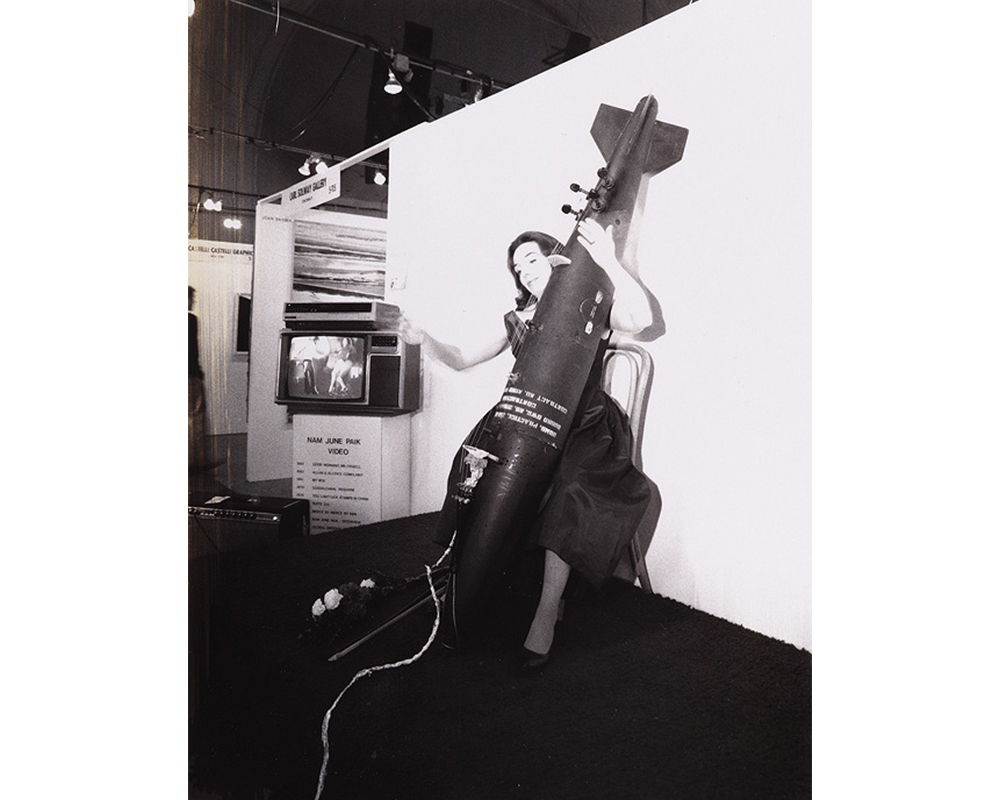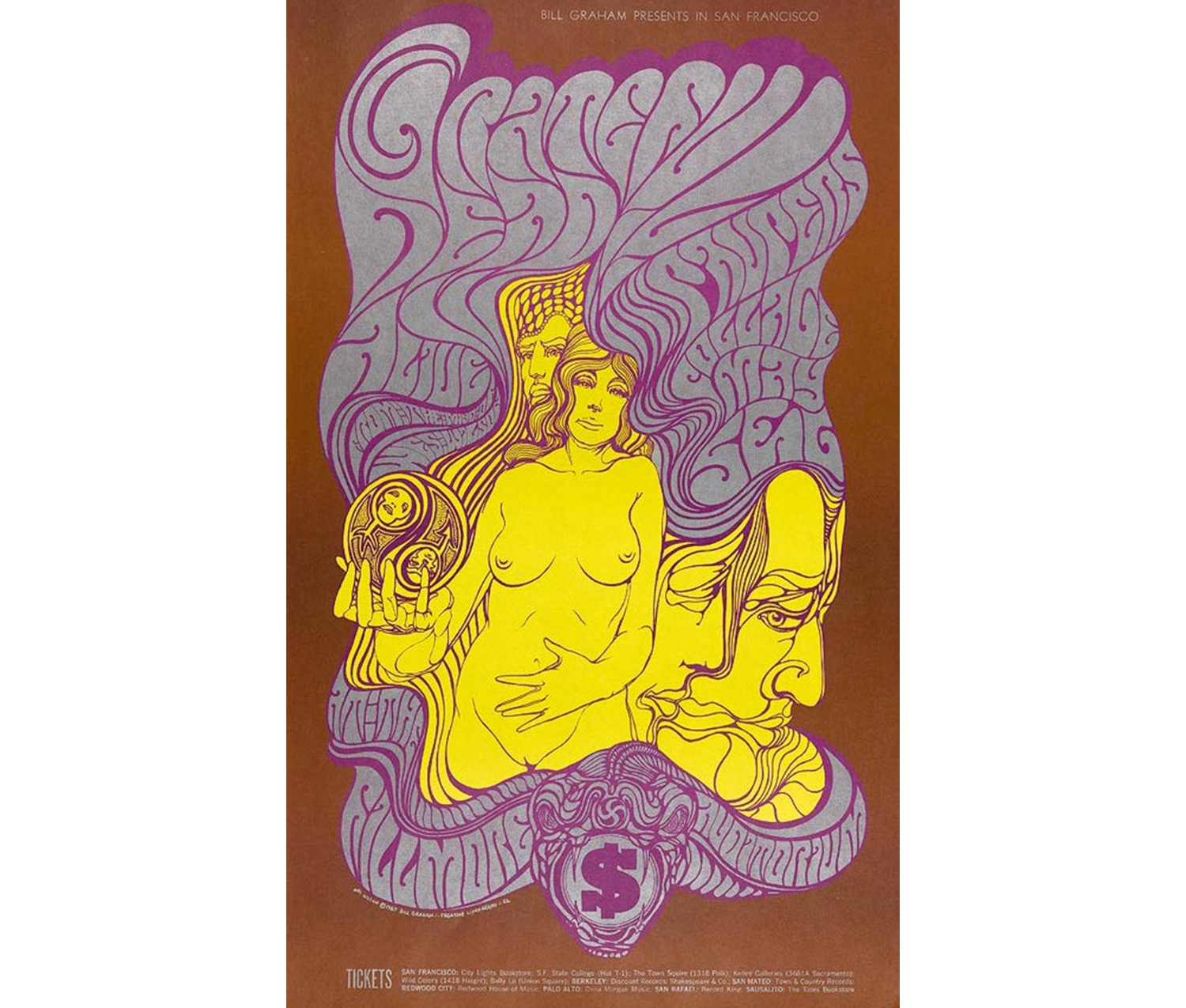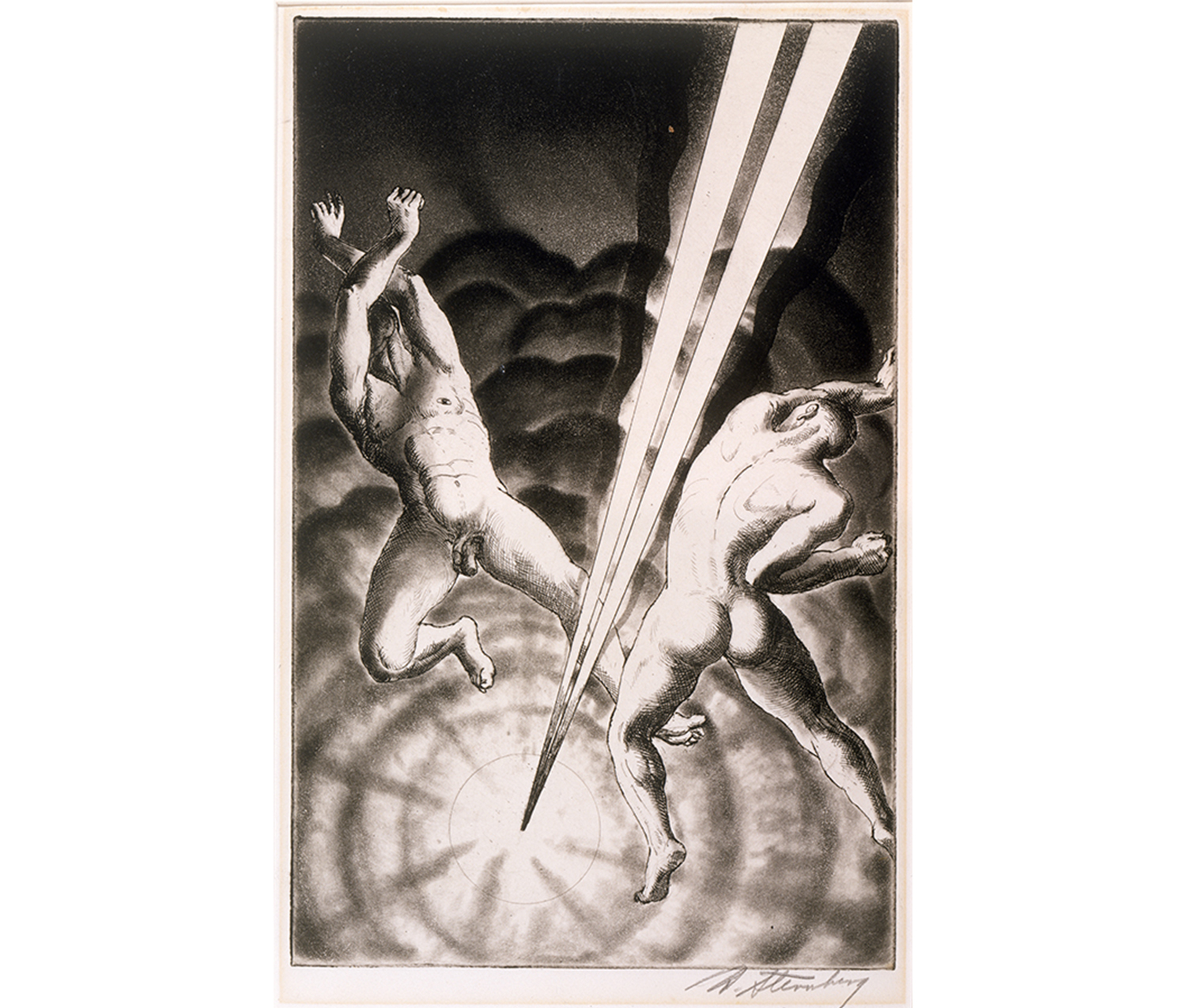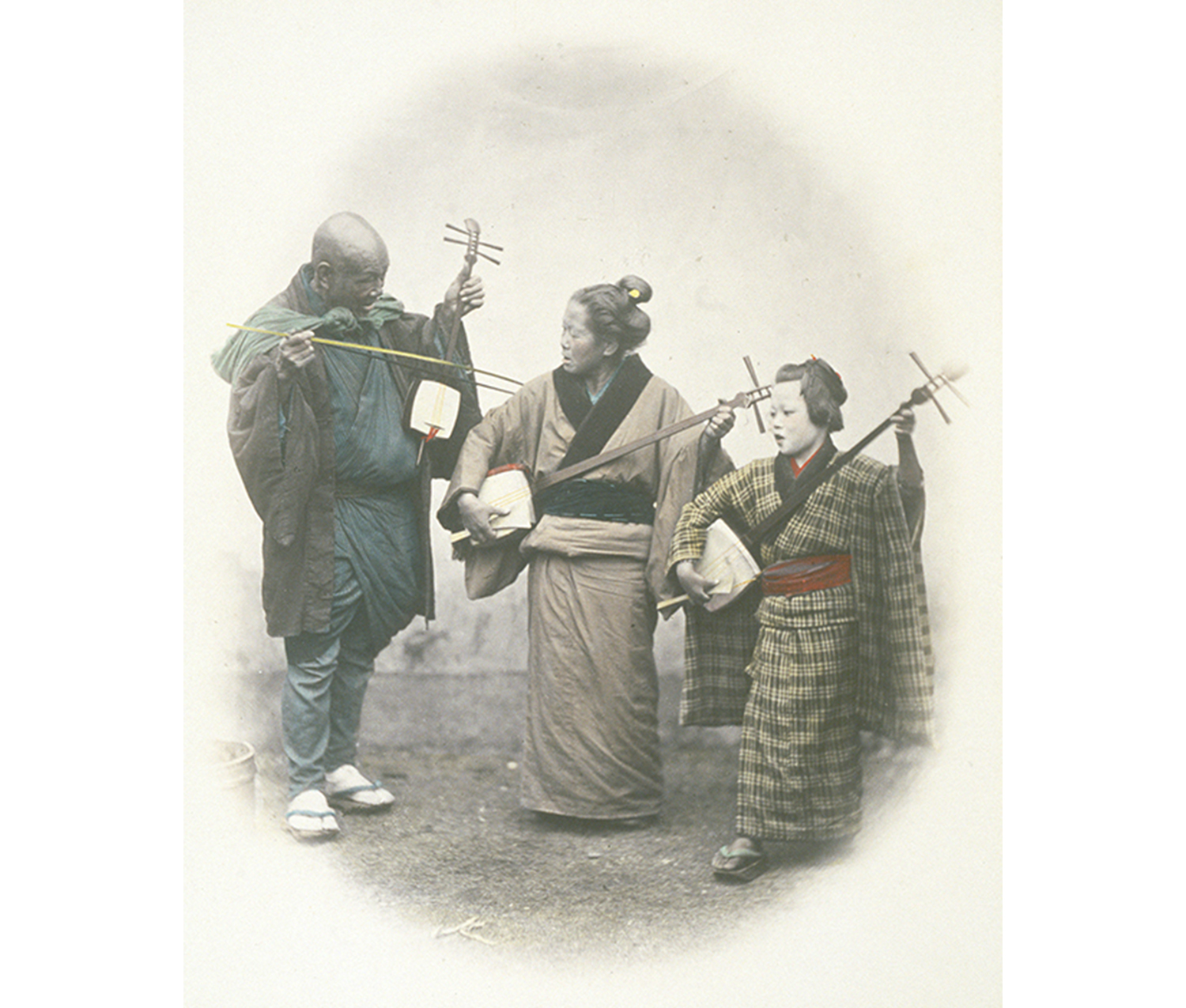
STUDENT PICKS: Not Your Forte? Exploring Depictions of Music
Student Picks is a SCMA program in which Smith students organize their own one-day art show using our collection of works on paper. This month’s student curator and guest blogger Annie Titan '20 discusses her show "Not Your Forte? Exploring Depictions of Music" which will be on view FRIDAY, March 3 from 12-4 PM in the Cunningham Center for the Study of Prints, Drawings, and Photographs. We hope to see you there!
Music has always been a constant in my life; from my dad lulling me to sleep as a baby with the Grateful Dead, to discovering my love for piano in the 3rd grade, and continuing to now with the weekly playlists I make for the radio show I co-host. My love of music inspired this exhibition idea: to explore various depictions of music across cultures, time periods, and types of media.

Wes Wilson; Creative Lithograph Company, Oakland, California (publisher). American, born 1937. Grateful Dead May 5th, Fillmore Auditorium, 1967. Screenprint in color on paper. Purchased. SC 2011.38.9.
Spanning Europe, Iran, the U.S, Asia, and Latin America, this show includes literal representations of music, such as prints and photographs of people playing instruments, posters advertising for musical events in the ‘60s, and a 15th century Italian manuscript page with bars of music. Abstract representations of instruments are also incorporated, such as the “Cello Bomb” and Cymbals, Harry Sternberg’s etching of two Olympian-like figures in a cloud of smoke with lightning going through the middle, evoking the visuals and sound of the percussion instrument.

Harry Sternberg. American,1904–2001. Cymbals, 1993. Etching and aquatint on paper. Gift of Edmund S. Morgan. SC 1986.39.1.
I want to bridge the divide between contemporary and older works and create interesting dialogue between the two. What can one observe about the way music was represented 500 years ago as compared to now? What are people’s motivations behind playing music? In what way is music valued differently between cultures? How do different cultures present the idea of music in a visual context? What makes Street Musicians, by Italian-British photographer Felice A. Beato, an albumen print of Japanese people seen playing string instruments and dressed in traditional Japanese clothing, different from Native Music, by Guatemalan artist Carlos Mérida, a pochoir print of Guatemalans playing drums and flute while dressed in their native costumes? What do these varying representations say about the cultures that produced them?

Felice A Beato. British born Italy, ca. 1825–1904. Street Musicians, ca. 1868. Albumen print with hand coloring mounted on cream colored paperboard. Purchased with the Hillyer-Tryon-Mather Fund, with funds given in memory of Nancy Newhall (Nancy Parker, class of 1930) and in honor of Beaumont Newhall, and with funds given in honor of Ruth Wedgwood Kennedy. SC 1982.38.2.24.
I hope this show inspires you to question the ways you previously thought music could be depicted, and excites you to listen to new types of music! Thank you so much to Colleen McDermott for her fantastic help in putting this show together.